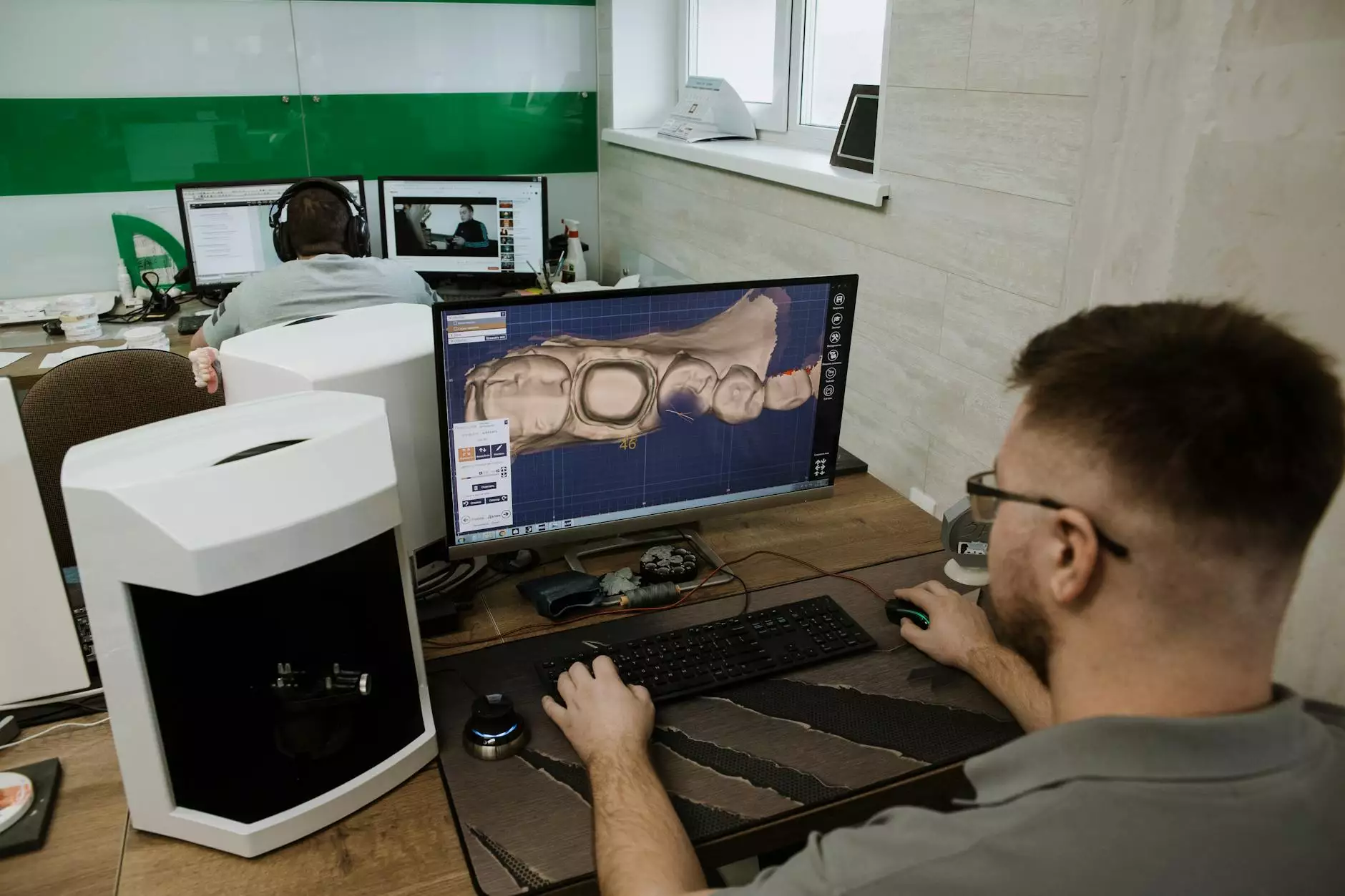Understanding the Dental Implant Procedure: A Comprehensive Guide

The world of dentistry has evolved remarkably over the last few decades, particularly in the realm of tooth replacement solutions. Among numerous options available today, the dental implant procedure stands out as one of the most innovative and effective methods for restoring missing teeth. This detailed guide delves into every facet of the dental implant procedure, from initial consultation to aftercare, ensuring you are thoroughly informed before making a decision.
What Are Dental Implants?
Dental implants are sophisticated medical devices placed in the jawbone to support artificial teeth or bridges. Unlike traditional dentures or bridges, implants provide a permanent solution because they interact with the bone and integrate to form a stable structure. Made from titanium, which is biocompatible, dental implants mimic the root of a natural tooth and provide a strong foundation for replacement teeth.
Why Choose Dental Implants?
Choosing to undergo the dental implant procedure can bring about numerous advantages:
- Improved Appearance: Dental implants look and feel like natural teeth, enhancing your smile significantly.
- Enhanced Comfort: Unlike dentures, they become a part of you, eliminating any discomfort associated with removable prosthetics.
- Chewing Efficiency: Dental implants restore your ability to eat your favorite foods without discomfort or fear.
- Long-Term Solution: With proper care, implants can last a lifetime, making them a cost-effective option in the long run.
- Bone Preservation: Implants help preserve jawbone density and structure, preventing further oral health issues.
The Dental Implant Procedure: Step-by-Step Breakdown
The dental implant procedure typically consists of multiple stages, ensuring thorough preparation and optimal results. Here’s a breakdown of the steps involved:
1. Initial Consultation
The first step involves a comprehensive examination of your oral health, including X-rays and possibly 3D imaging. During this consultation, your dentist will evaluate your jawbone density and overall health to determine candidacy for the procedure.
2. Treatment Plan
Based on the initial assessment, a personalized treatment plan will be created. This plan may include the timeline for the procedure, materials used for the implant, and any additional treatments required (like bone grafting). Your dentist will explain each step to ensure you understand the process.
3. Surgical Procedure
The dental implant procedure begins with the surgical placement of the implant. Here’s what to expect:
- Administration of Anesthesia: Local anesthesia or sedation is used to ensure comfort during the procedure.
- Implant Placement: A small incision is made in the gums, and the implant post is inserted into the jawbone.
- Closure: The gums are stitched back, and over the next few months, the implant fuses with the jawbone in a process known as osseointegration.
4. Osseointegration Period
After the initial surgery, a healing period is crucial for osseointegration. This typically takes between three to six months, during which the implant becomes securely anchored in the bone.
5. Abutment Placement
Once osseointegration is complete, a minor second surgery may be required to place the abutment, which is a small connector post that holds the crown. This procedure is relatively quick and involves a straightforward recovery.
6. Crown Placement
After the gums heal around the abutment (usually a few weeks), a custom-made crown is created based on impressions of your mouth. This crown is then securely attached to the abutment, completing the surgical process while ensuring a perfect fit and natural appearance.
Aftercare for Dental Implants
Following the dental implant procedure, proper care is vital to ensure the longevity of your implants. Here are key aftercare tips:
- Oral Hygiene: Maintain regular brushing and flossing to prevent infection.
- Regular Checkups: Schedule follow-up visits with your dentist to monitor the implants.
- Healthy Lifestyle: Avoid tobacco products and excessive alcohol consumption, which can impact healing and success rates.
Possible Risks and Considerations
Like any surgical procedure, the dental implant procedure carries potential risks, although complications are relatively rare. Some considerations include:
- Infection: There’s a risk of infection at the implant site, which can hinder the healing process.
- Nerve Damage: Surrounding nerves may be affected, leading to numbness or discomfort.
- Implant Failure: In a few cases, the implant may fail to integrate with the bone.
Cost of Dental Implants
The financial aspect of the dental implant procedure varies widely based on several factors, including:
- Location: Prices can differ significantly by geographic area.
- Complexity of the Case: Additional procedures, such as bone grafting, may increase costs.
- Type of Implant: Different materials and brands of implants come with varying price tags.
It’s important to discuss financing options with your dentist, as many offer payment plans to make dental implants more accessible.
Is the Dental Implant Procedure Right for You?
If you are considering the dental implant procedure, it’s crucial to weigh the benefits and drawbacks thoroughly. Consulting with a qualified dentist specializing in implantology can help you assess your suitability based on your specific dental and medical history.
Conclusion
The dental implant procedure is a transformative solution for individuals missing one or more teeth. By understanding the process, benefits, and aftercare, you can make an informed decision that enhances your dental health and quality of life. For more information on dental implants and to schedule a consultation, visit wupdoc.com today.









